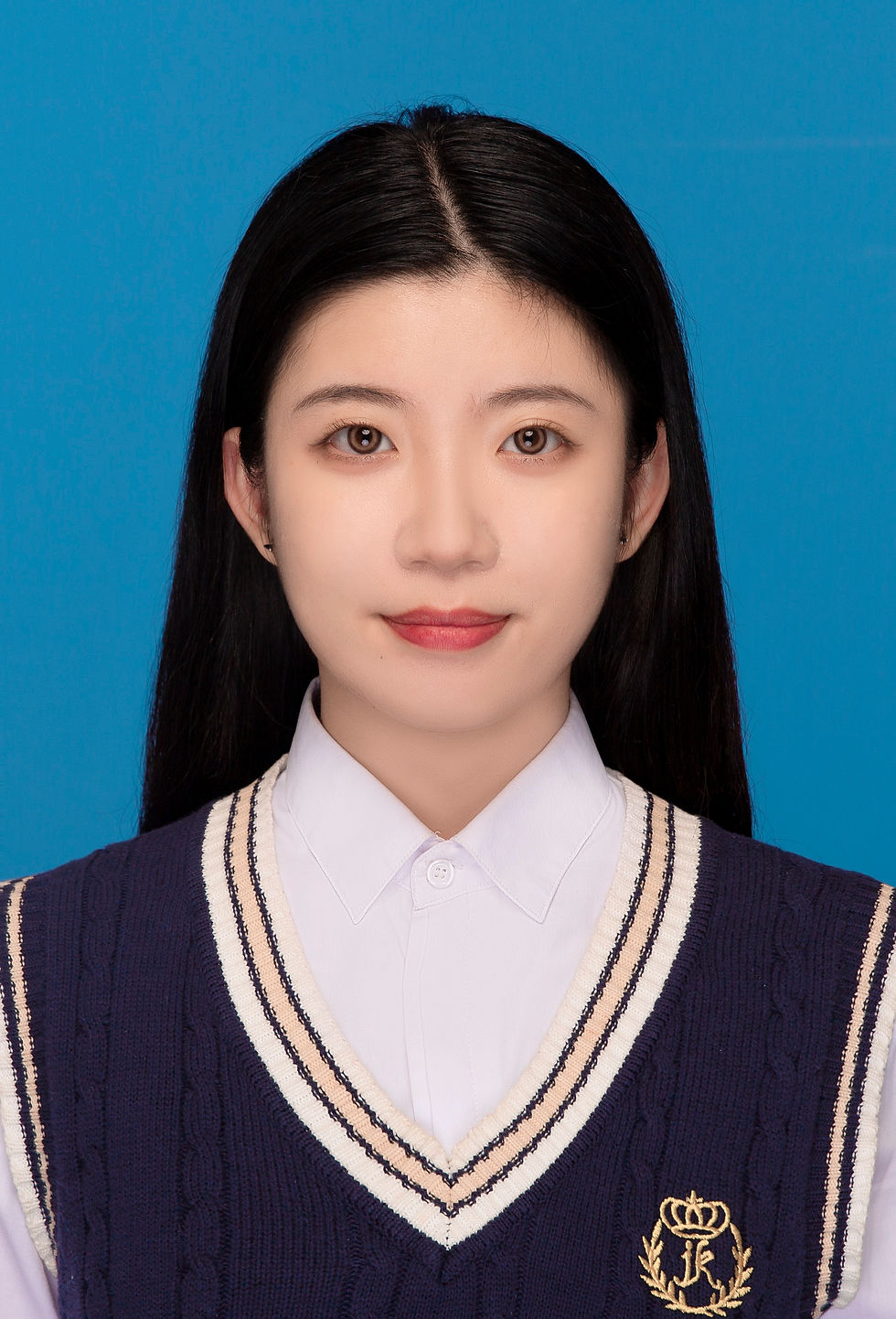Huriye Celikcan
- Česká sekce INSEA

- Jul 4
- 2 min read
7.4 The Zero Point of History: Göbekli Tepe (Paper)

Huriye Celikcan – Ankara Music and Fine Arts University, Ankara, Turkey
Abstract:
This study focuses on Göbekli Tepe, one of the most fascinating places in the world, which bears deep traces of history and tradition from the Neolithic era to the present day. Located in Şanlıurfa, in southern Turkey, Göbekli Tepe is the oldest known man-made temple on Earth, featuring numerous idols, statues, motifs, shapes, symbols, and emblems. Şanlıurfa/Göbekli Tepe is situated in the region known in archaeological literature as the “Fertile Crescent,” considered the birthplace of civilization. Built exactly twelve thousand years ago, Göbekli Tepe is the world’s first temple, prompting us to reconsider much of what we know about human history. In this sense, it holds even greater significance and antiquity than the Egyptian pyramids.
This study is phenomenological research aimed at understanding the artistic and cultural perceptions of the prehistoric period related to Göbekli Tepe from the perspective of university students. In this context, the study investigates how students, who have learned about a historical site like Göbekli Tepe, express the daily life and cultural symbols of that period through artistic means. During the data collection process, the focus group interview technique was used to reveal participants’ perceptions, interpretations, and artistic perspectives on Göbekli Tepe. A group of second-year students from the Visual Arts Education “Painting” department participated in a focus group interview to share their knowledge and impressions about Göbekli Tepe.
The data obtained from the focus group interview were analysed using a phenomenological approach. The students’ verbal expressions and drawings were evaluated through descriptive analysis. During this analytical process, themes were created based on the students’ perceptions of the prehistoric period, their artistic depictions, and their interpretations of Göbekli Tepe. The emerging themes allowed for an understanding of the commonalities, similarities, and differences in students’ perceptions. Through this method, the students’ historical and artistic perceptions of Göbekli Tepe were examined in depth, and the artistic reflections of these perceptions were comprehensively evaluated.



Comments